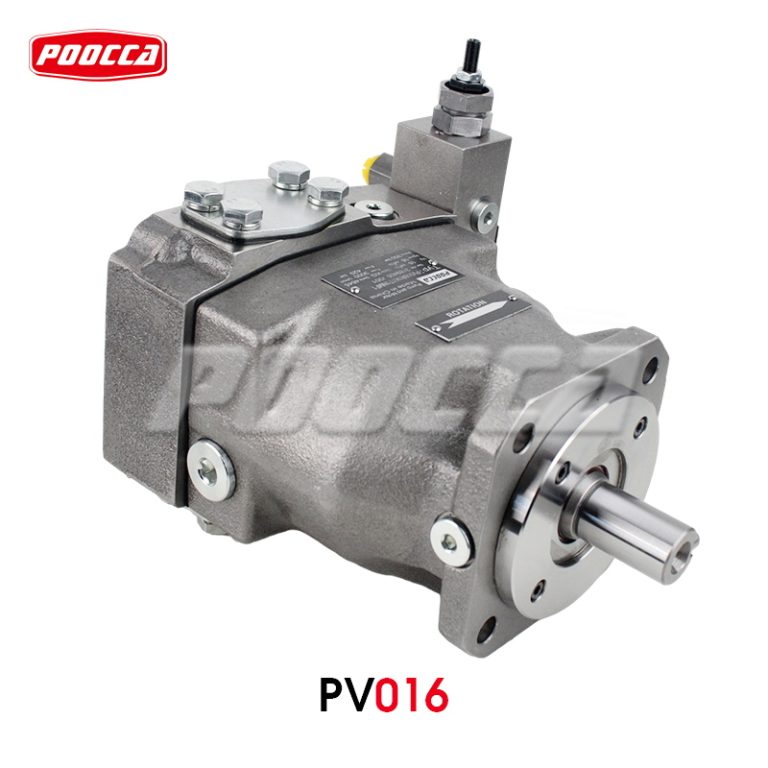
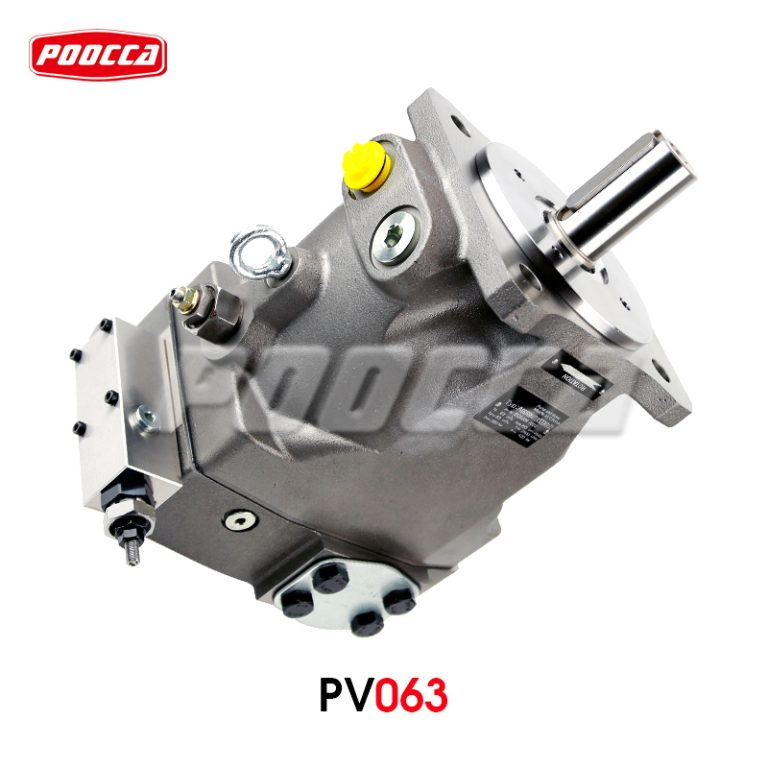
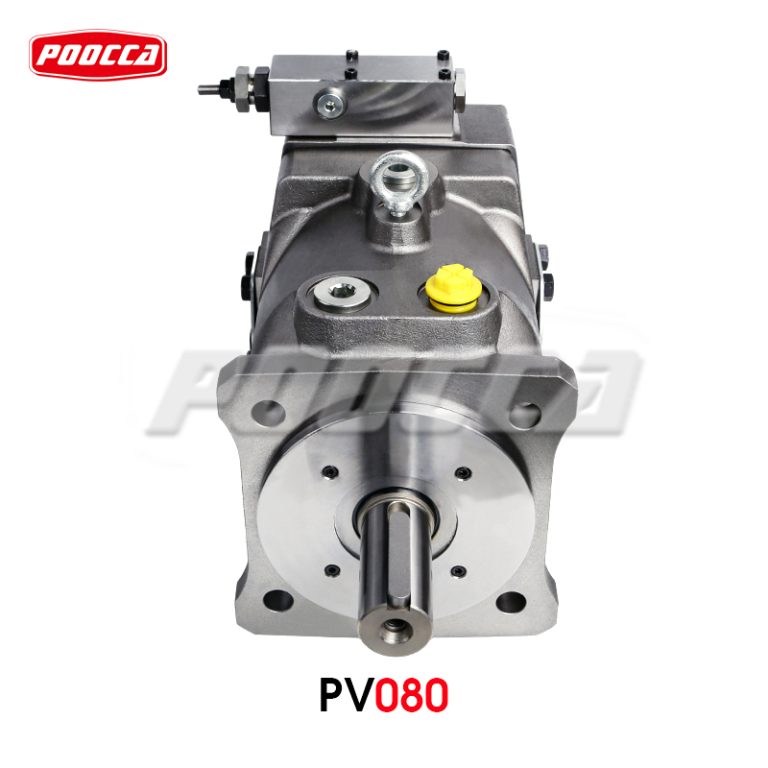
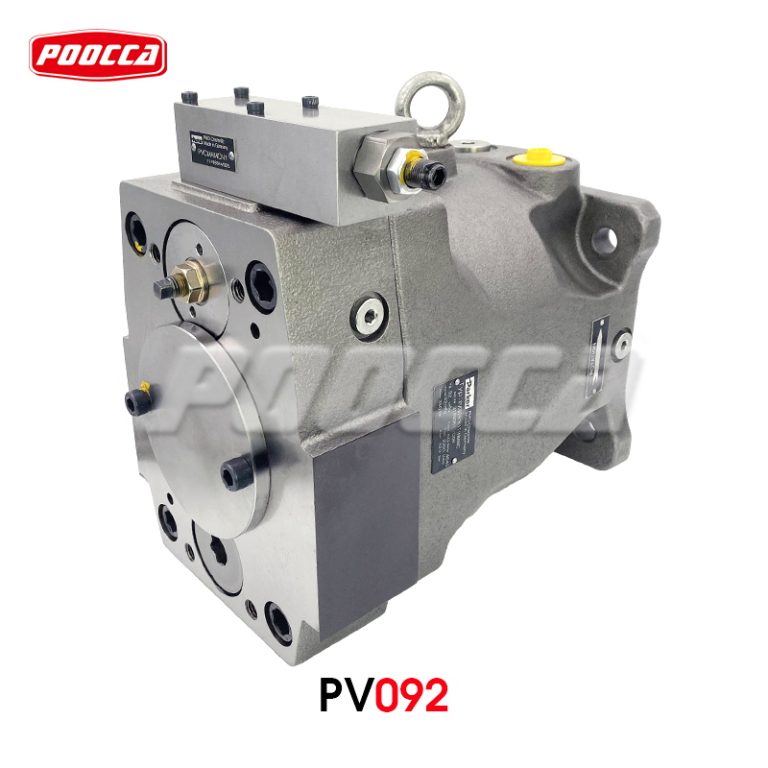
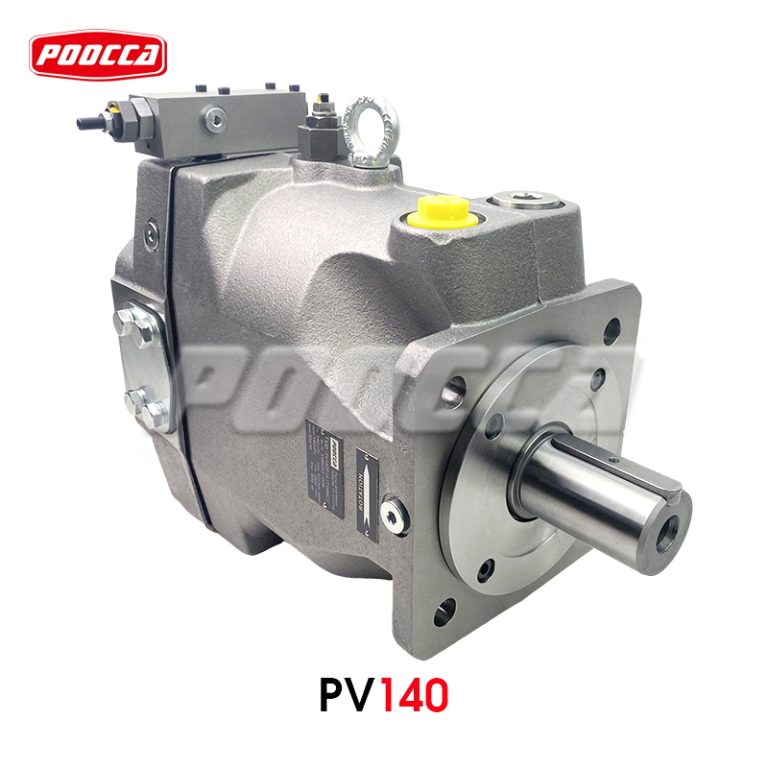
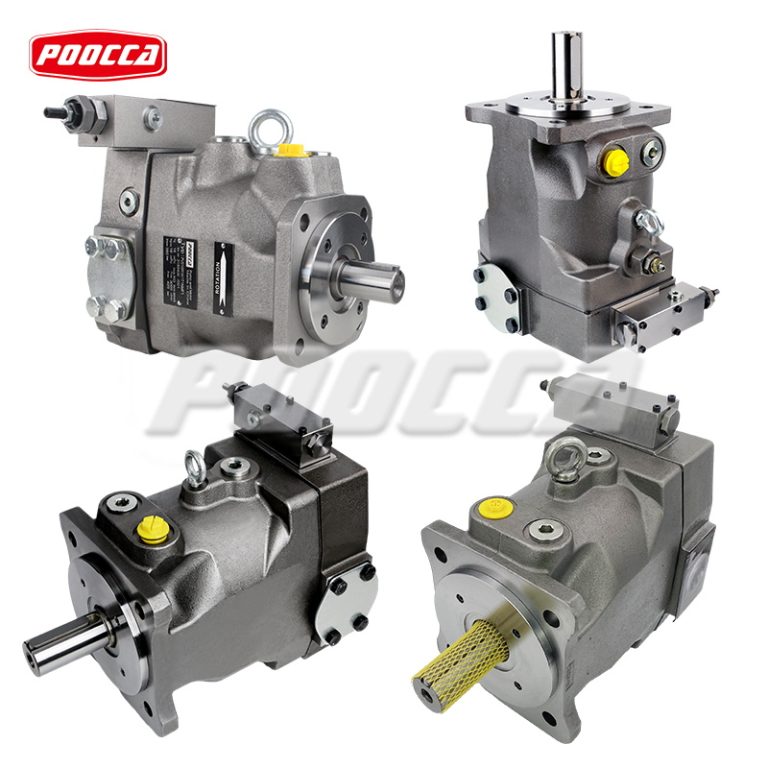
Mining, construction, metallurgy, chemical industry, agriculture and water conservancy, displacement: PV016, PV020, PV028 PV032,… PV180,PV270,PV360
Size 16 to 360
Nominal pressure 350 bar Peak pressure 420 bar
Open circuit






Mining, construction, metallurgy, chemical industry, agriculture and water conservancy, displacement: PV016, PV020, PV028 PV032,… PV180,PV270,PV360
Size 16 to 360
Nominal pressure 350 bar Peak pressure 420 bar
Open circuit






Mining, construction, metallurgy, chemical industry, agriculture and water conservancy, displacement: PV016, PV020, PV028 PV032,… PV180,PV270,PV360
Size 16 to 360
Nominal pressure 350 bar Peak pressure 420 bar
Open circuit
Technical Features
Fluid recommendations
Premium quality hydraulic mineral fluid is recommended,like HLP oils to DIN 51524, part 2.Brugger- valuerecommended to be 30 N/mm? minimum for generalapplication and 50 N/mm? for heavily loaded hydraulicequipment and fast cycling machines and/or highdynamic loads, measured in accordance with DlN 51347-2.
Viscosity
The normal operating viscosity should range between16 and 100 mm2/s (cSt).Max. start-up viscosity is1000 mm2/s (cSt).
Filtration
For maximum pump and system component functionality and life, the system should be protected fromcontamination by effective filtration.Fluid cleanliness should be in accordance with lSOclassification lS0 4406:1999.The quality of filterelements should be in accordance with lSO standardsGeneral hydraulic systems for satisfactory operation:Class 20/18/15, according to lS0 4406:1999
Recommended cleanliness for maximum componentlife and functionality: Class 18/16/13, according to lSO4406:1999
Seals
Check hydraulicfluidspecification forchemical resistanceof seal material.
Check temperature range of seal material and comparewith max.system and ambient temperature.
-25…+90 CN- Nitrile (FKM shaft seal)V- FKM (FKM shaft seal)-25…+115°C-30…+90“CW- Nitrile (PTFE shaft seal)
Note:
The highest fluid temperature will be at the drainport of the pump, up to 25 ‘C higher than in thereservoir.
Frequently Asked Questions
Frequently Asked Questions
Frequently Asked Questions
Frequently Asked Questions
Frequently Asked Questions
Frequently Asked Questions